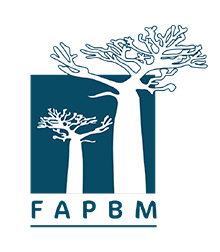Flagship Species
The COFAV PA’s flora includes plant species that are typical of and widespread in evergreen rainforests. Among the plant species found on the site, 14 species are known only from Ambositra-Vondrozo and most of them are classified as critically endangered. The PA is also rich in amphibians, small mammals, bats and lemurs. However, no locally endemic species are known to date.












